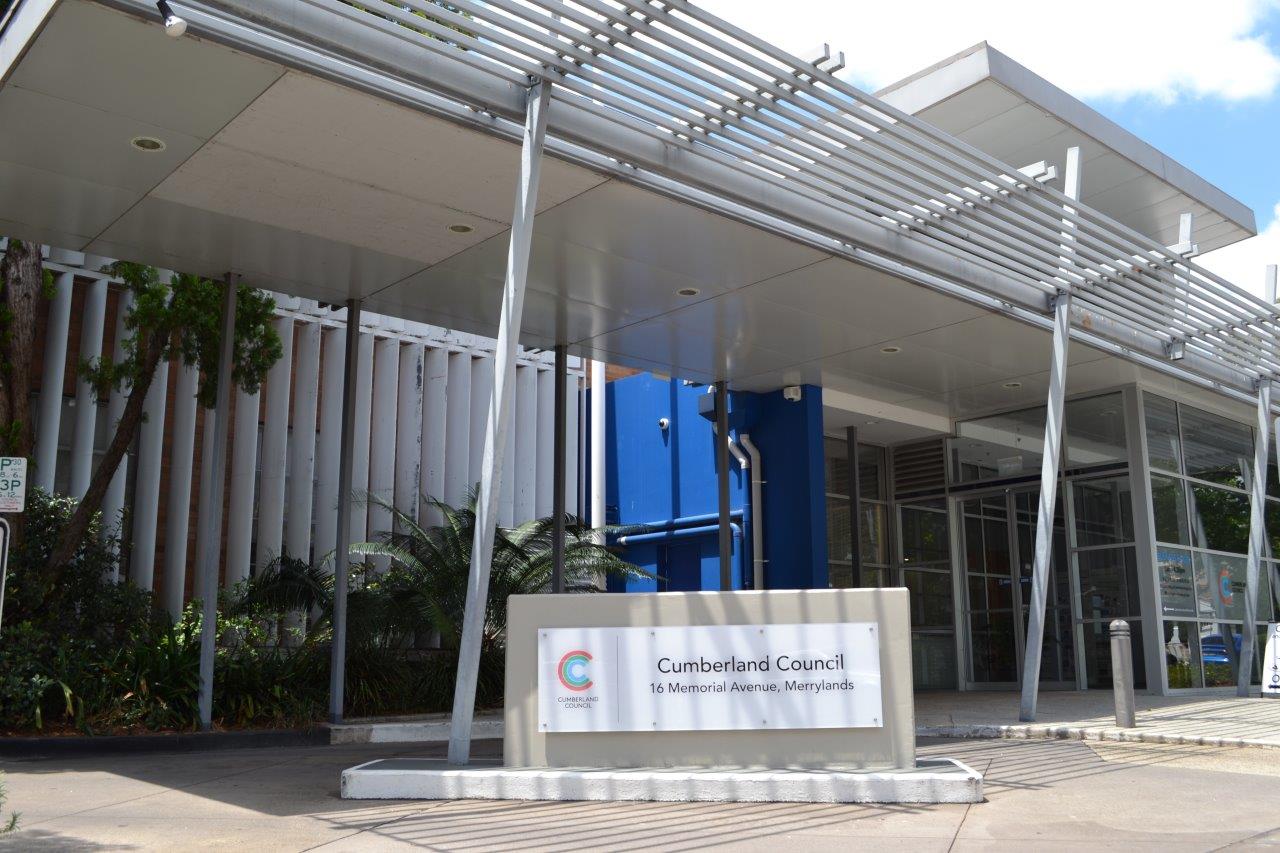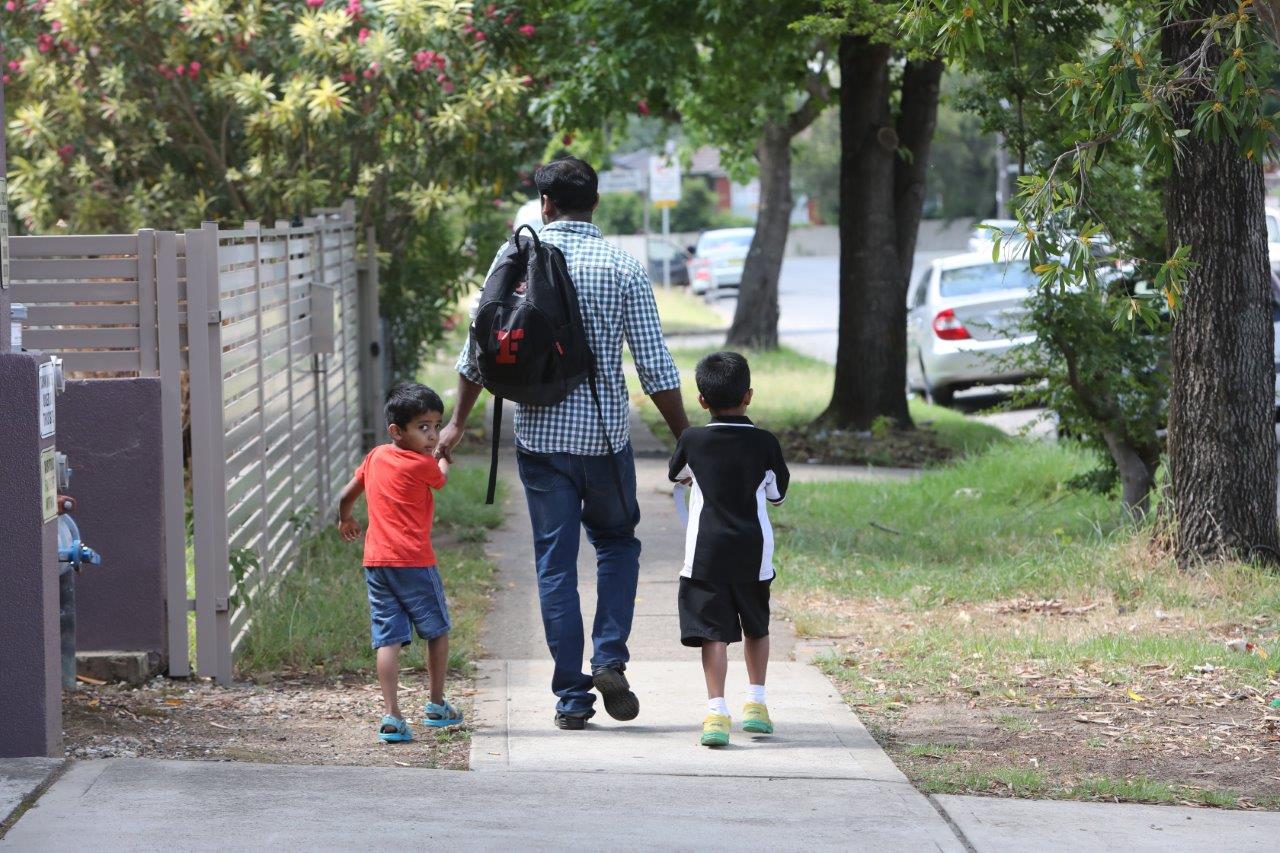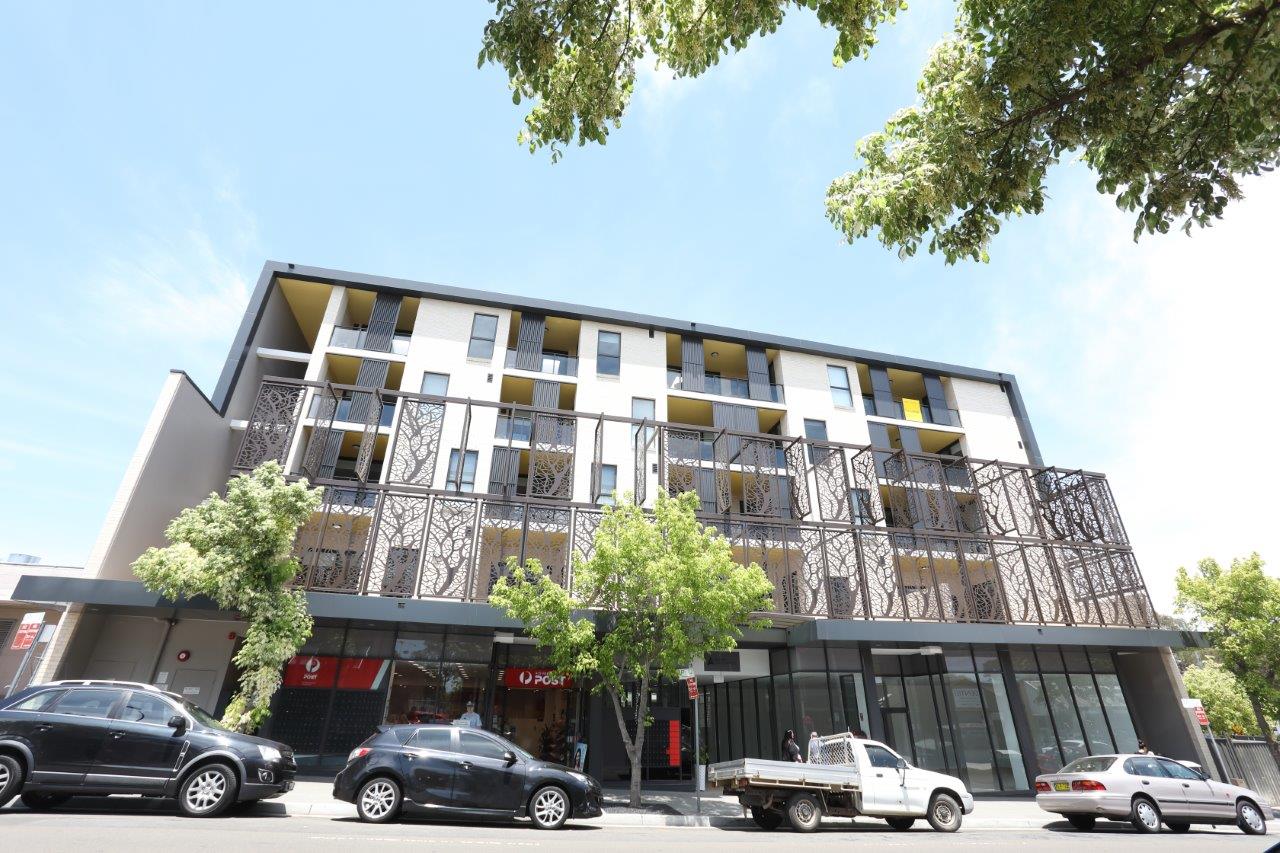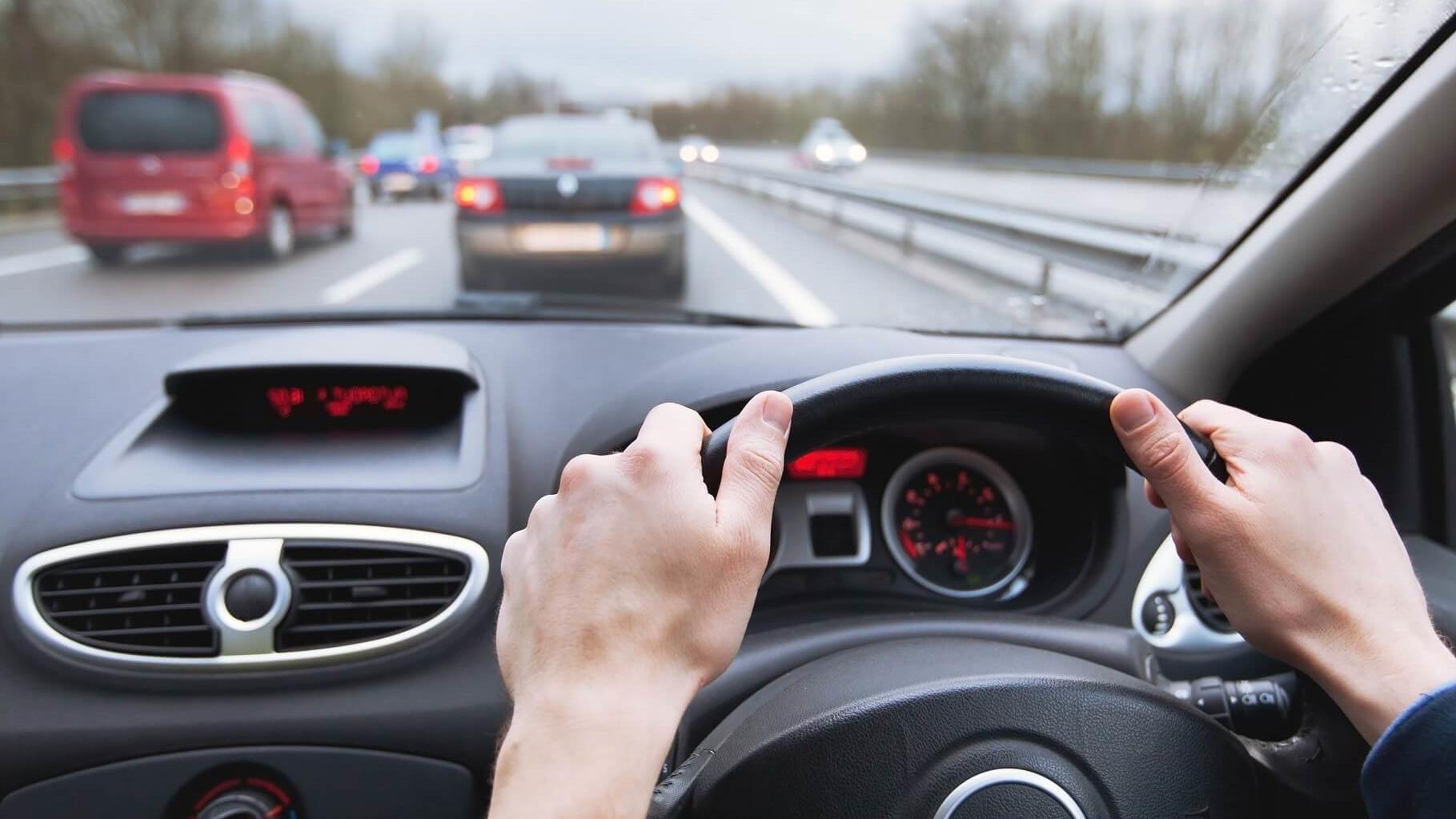
The facts
In 2023 there were 2,315 (22.9%) rear end crashes within Sydney Metro. Two thirds of these crashes resulted in injury and 2 were fatality crashes.
In the Cumberland City Council Area, every fourth crash (24.3%) were rear end crashes. Also, 73.7% of rear end crashes resulted in injury. Young drivers have been involved in almost every fifth rear end crash.
The 3 second rule
To avoid rear end crashes you should maintain a 3 second gap between your vehicle and the vehicle in front of you.
For more information, download the Following Distance Fact Sheet (PDF, 191KB)
Reaction distance and braking distance
When you see the brake lights of the car in front come on, you hit the brake to slow your car down...but in actual fact, there is a small-time delay before you do that - your reaction time.
During that period of time, your car is still moving at the same speed out of your control. The faster you are going, the further you will travel during this time.
So your total stopping distance is actually made up of your reaction distance and the distance it takes for your car to stop once you've pressed the brake.
The biggest factor in stopping distances is the speed at which a driver reacts to seeing a hazard - Driver Reaction Time
Response speed depends on several factors thus there is no single, universal reaction time value.
Factors that affect reaction time are: expectation, urgency, mental load, psychological refractory period, age, nature of the signal, visibility, response complexity, time of the day.
Braking time and distance depends on factors such as: the type of braking system, brake pad material, brake alignment, tyre pressure, tread and grip, vehicle weight, suspension system, the coefficient of friction of the road surface, wind speed, slope of road, surface smoothness, the braking technique applied by the driver, weather conditions.
Stopping distances vary according to driver conditions, road and weather conditions and vehicle conditions.
Drivers need to recognise that:
No matter how good driver you think you are and how good your car is, the difference between driving at the speed limit and a few km/h over the limit will result in a much longer stopping distance. That could result in fatal consequences.
Please note that DOUBLING THE SPEED OF A CAR INCREASES BRAKING DISTANCE BY 4 TIMES.
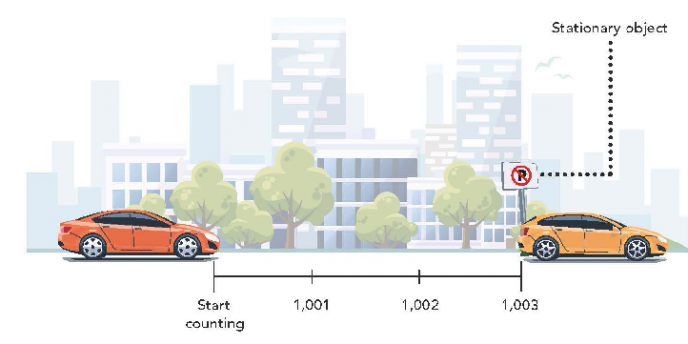
The 3 Second Rule Video
Also see the Road rules: safe distance video.
How We Can Help
Contact our Road Safety Officer via email rso@cumberland.nsw.gov.au to let us know about problems with roads, and find out more about how we’re committed to improving road safety in the Cumberland region.
